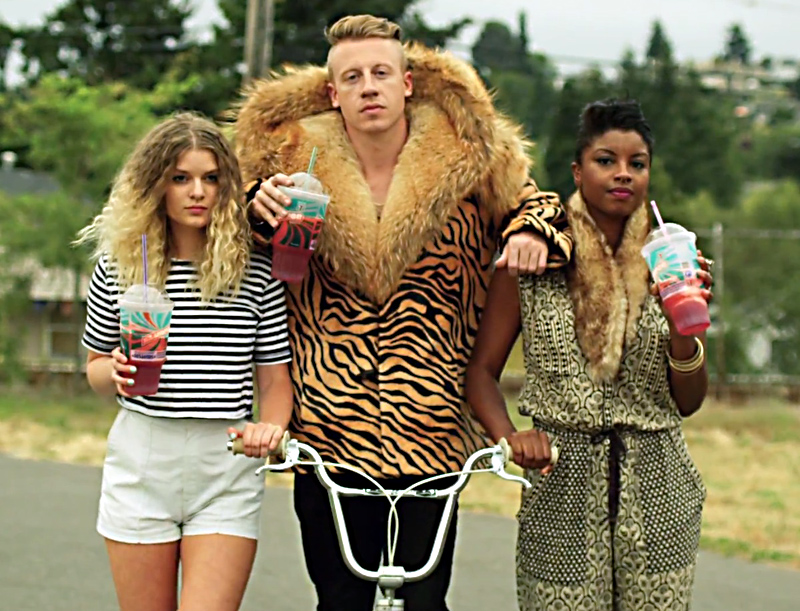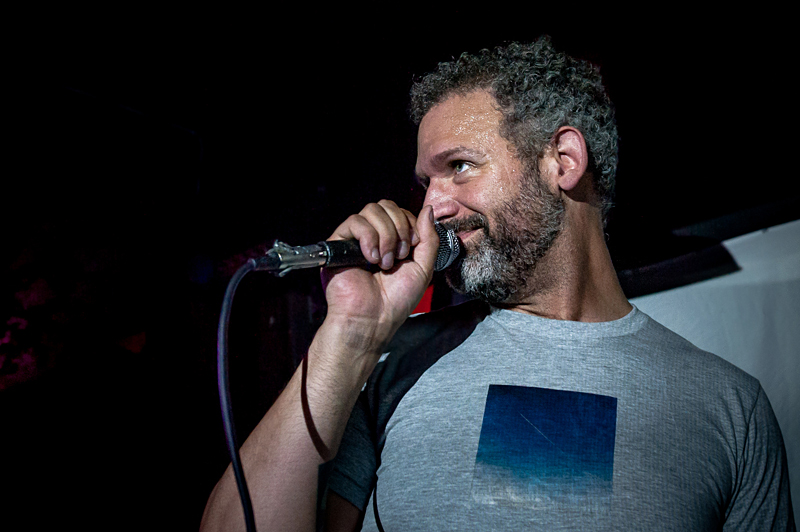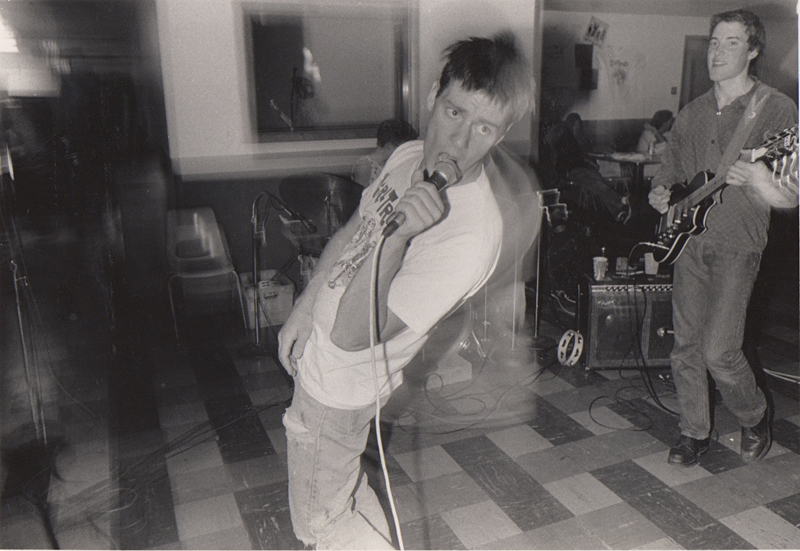When, in the course of a casual conversation, John Hammond begins talking about “Wolf,” he’s not referring to a cable news anchorhe means Chester Burnett, aka blues legend Howlin’ Wolf. Hammond toured with both Wolf and Muddy Waters, and though now 61 himself, Hammond sounds like a wide-eyed teenager when he recalls those halcyon days: “I was on shows with John Hurt and Skip James and Bukka White and all these fantastic players,” he says. “I was a lot younger than them, but they were always really encouraging to me. It was the kind of reinforcement that a young player needs, and it helped make me who I am.”
Hammond has plenty of stories to tell, though he recalls them without the ego you might expect from a bluesman with such a rich and storied past. “Muddy” is simply a musician he played dates with and whom he watched from the side of the stage. “Bob” is Bob Dylan, whom it just so happens that Hammond introduced to the other members of Hammond’s early ’60s Greenwich Village combo, Robbie Robertson and The Band. “Jimmy” is a 22-year-old Jimi Hendrix, who as an unknown in New York joined Hammond’s band because he so admired Hammond’s playing. “He was my lead guitar player for two weeks at the Caf頁u Go Go,” Hammond says in a matter-of-fact tone. “Then he went off to England, and, you know, the rest is history.”
Hammond’s life itself reads like a page of American music history. The son of legendary record man John Hammond Sr. (who signed Dylan, Billie Holiday, and Bruce Springsteen), Hammond Jr. had both talentat the National steel guitar and with his rich voiceand luck in being in the right place at the right time. He began playing in the Village in the early ’60s, but unlike many blues and folk legends of that era, his artistry has continued to evolve over the years. In what he calls no small stroke of irony, his 2001 album Wicked Grin was the biggest seller of his entire career. “I know that’s kind of crazy since I’ve done over 30 albums,” he jokes. “Either this one was really great or the others have been overlooked.”
Wicked Grin brought Hammond a new audience of hipsters lured by the album’s Tom Waits connection12 of the 13 songs are Waits covers, and Waits himself produced the album. Wicked Grin came together because Hammond’s wife was friendly with Waits’ wife. Eventually they brought their husbands together in the studio. The original idea was simply for Waits to produce a record with Hammond and his band recording a mix of classic blues material. Rehearsals kept getting put off, and snow delayed Waits’ arrival at the studio. “Finally, the day came,” Hammond says, “and we had two days and we didn’t know what to do. I said, ‘Tom, do you have a tune of yours we might start with?’ and that one song led to another.” Hammond’s interpretations of Waits’ chestnuts like “Heartattack and Vine” and “Shore Leave” have a freshness and spontaneity that brought Hammond the best reviews of his career. Upon hearing the album, Waits remarked to one reporter that “John’s particular dialect in music is that of Charley Patton’s shoe size and Skip James’ watch chain.”
THOUGH HAMMOND is primarily an interpreter of others’ songs, his latest album, Ready for Love (Back Porch/Virgin), begins with a rare original, “Slick Crown Vic,” which could have been written by Willie Dixon. Appropriately, he also includes Dixon’s “Same Thing”and makes the song his ownas well as covers of Billie Holiday and Rolling Stones classics, and two more Waits tunes, plus a pair of numbers by Los Lobos’ David Hidalgo, who produced the album.
Hammond sees the role of a blues player as a vagabond, a kind of life he has embraced after four-plus decades on the road. “That’s just what you do with the blues,” he says. “I’m a blues singerthat’s all I ever wanted to do in my career. I want to be part of that tradition, to be on a continuum of a thing that is forever. It’s always inspired me, and to this day, I’m a blues fanatic.”
During his Jazz Alley stop, he hopes to make time to visit the Experience Music Project, where the current blues exhibit highlights many of the Chicago players Hammond knew as fellow road warriors. He’s particularly interested in seeing the collection of Charlie Musselwhite material that is at the center of the exhibit. “I met Charlie in Chicago in 1964 with my friend Michael Bloomfield,” Hammond recalls. “Charlie’s first recording date was on my album So Many Roads.”
That album, recorded in 1964 and released in 1965, was a record that helped change popular musicit’s widely acknowledged as the first successful blues/rock synthesis. Hendrix was such a fan that he sought out Hammond when he hit the Village, as did Eric Clapton. And Hammond’s band that session sounds like a superstar dream combo: Robbie Robertson, Garth Hudson, Levon Helm, Mike Bloomfield, and Musselwhite. “I remember the whole gang there,” Hammond recalls, “and we basically did that record in one afternoon. We were so excited and ready to play, it was really a love fest. It is something that to this day I can listen to and still feel good about.”
Any conversation with Hammond soon winds back to touring, and So Many Roads could stand as his epitaph. “I’m on the road 200 dates a year,” he says, noting that he has to catch a plane to another city and another show. “It’s my life. It’s a hard life, but you have to do it.” And with that, John Hammond is gone and off on another road.
John Hammond Jr. plays Dimitriou’s Jazz Alley at 8 p.m. and 10 p.m. Tues., Jan. 13-Wed., Jan. 14. $18.50-$20.50.








